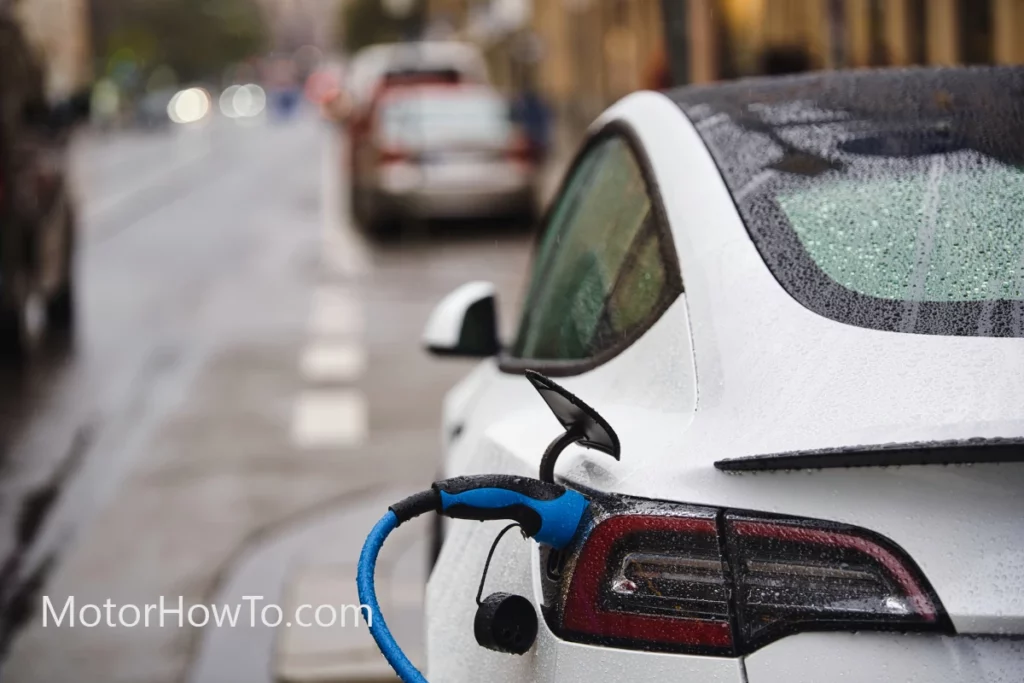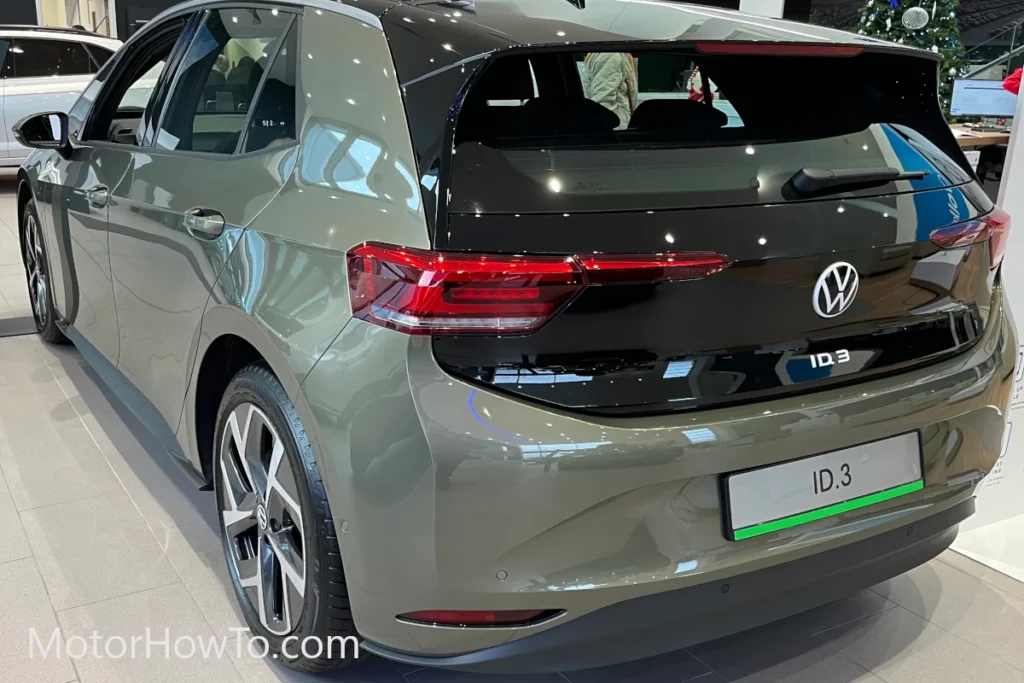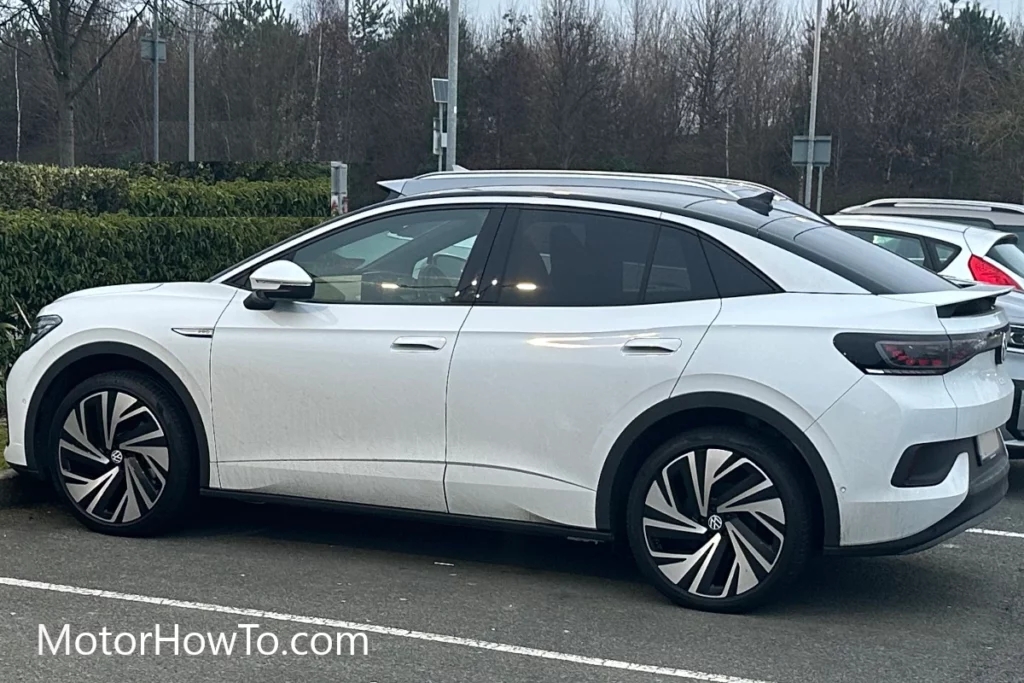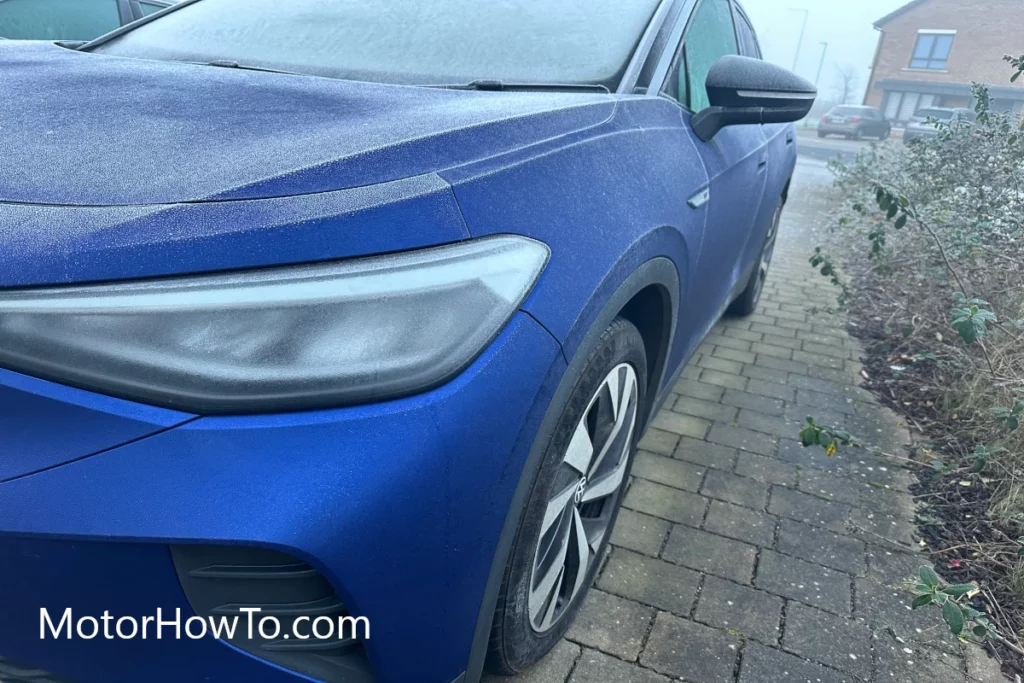Electric cars have gained popularity in recent years as a more environmentally friendly alternative to traditional gasoline-powered vehicles.
While electric cars have numerous benefits, some drivers have raised concerns about their safety when driving in inclement weather.
In particular, many people wonder whether electric cars are safe to drive in the rain, a common occurrence in many parts of the world.
Electric cars are generally safe to drive in the rain. They have sealed electronics and components designed to be waterproof, and most electric cars have anti lock brakes and traction control to help maintain control of the car in wet conditions.

It’s important to consider various factors, including the design of electric cars, the performance of their batteries in wet conditions, and the impact of rain on the roads themselves.
By examining these factors in more detail, we can better understand the safety of electric cars in rainy weather and help drivers make more informed decisions about when and how to use these vehicles.
Related:
- How Long Can An Electric Car Sit Without Being Driven? (Explained)
- What Happens When Electric Vehicle Loses Power? (Must Read)
- Do Electric Cars Have A Check Engine Light? (Answered)
Can Electric Cars Go Through Big Puddles?
Electric cars have become increasingly popular as people seek more environmentally friendly alternatives to traditional gasoline-powered vehicles. However, many drivers must learn how electric cars handle weather conditions, such as heavy rain or flooded roads.
One frequently arises question is whether electric cars can go through big puddles. The short answer is that electric cars can drive through big puddles, but caution is advised. Like any other vehicle, electric cars can experience issues when driving through water deeper than the car’s ground clearance or if water enters the car’s electrical components.
Driving through deep puddles can also cause hydroplaning, which can be dangerous, so it’s important to reduce speed and maintain proper tire pressure when driving through wet conditions.
Some electric car manufacturers provide IP ratings, a standardized way of measuring a car’s resistance to dust and water. It is important to note that even with high IP ratings, driving through water that is too deep can still cause damage to the car.
Can Electric Cars Drive Through Flooded Streets?
Electric cars can drive through flooded streets, which is generally not recommended. When driving through flooded streets, the main concern is the potential for water to enter the car’s electrical components and cause damage.
Electric cars have a high voltage battery and other electrical systems that are more sensitive to water damage than a traditional gasoline-powered car. Water damage can cause the car to stop running, create safety hazards, and require costly repairs.
If you must drive through a flooded street in an electric car, there are a few precautions you should take. Firstly, avoiding driving through water deeper than the car’s ground clearance is important. Driving through deep water can cause hydroplaning and potentially damage the car’s undercarriage or electrical systems.
It is important to reduce speed and drive through the water as slowly and steadily as possible to minimize the risk of water entering the car’s components. If you are still determining the depth of the water or your ability to navigate through it safely, it is best to find an alternative route or wait until the water has subsided.
How Do Electric Cars Do In High Water?
Electric cars can be significantly impacted by high water due to the sensitivity of their electrical components. Water can cause damage to the battery, motor, and other electrical systems, which can result in the car not starting or being damaged beyond repair.
Electric cars have high voltage battery more susceptible to water damage than a traditional gasoline-powered cars. Water damage to the battery can cause a short circuit, fire, or explosion, which can be extremely dangerous. In general, driving electric cars through high water is not recommended.
If caught in high water while driving, turning off the car and exiting as quickly as possible is important. If you cannot safely exit the car, it is important to call for emergency assistance. It is also important to avoid wading through high water on foot, as the electric current can travel through the water and pose a risk of electrocution.
Suppose you must drive through high water in an emergency. In that case, it is important to do so as slowly and steadily as possible to minimize the risk of water entering the car’s electrical components.
How Waterproof Are Electric Cars?
Electric cars are designed to be waterproof to a certain degree, but the amount of water they can handle varies depending on the make and model of the car. Electric cars generally have an Ingress Protection (IP) rating, a standardized measure of a car’s resistance to dust and water.
The first number in the IP rating refers to the car’s resistance to solid objects, while the second refers to its resistance to water. For example, a car with an IP rating of IP67 is completely dust-tight and can withstand immersion in up to 1 meter of water for up to 30 minutes.
While electric cars are designed to be waterproof to a certain degree, it is important to note that driving through deep water can still cause damage to the car. Water can enter the car’s electrical components and cause damage to the battery, motor, and other systems. In addition, driving through deep water can cause hydroplaning, which can be dangerous.
It is generally recommended to avoid driving through water that is deeper than the car’s ground clearance. To help ensure the safety of electric cars in wet conditions, some manufacturers have developed specific features that help protect the car’s electrical systems.
For example, some electric cars have a waterproof battery pack and motor to reduce the risk of water damage. Others have a water-resistant charging port to prevent water from entering the car’s electrical systems.
Overall, while electric cars are designed to be waterproof to a certain degree, it is important to exercise caution when driving in wet conditions and avoid deep water whenever possible.
Are Ev Batteries Waterproof?
Electric Vehicle (EV) batteries are not completely waterproof, but they are designed to be water-resistant to protect against damage from rain or water splashes. EV batteries are sealed to protect the internal components from moisture and other environmental elements.
In general, EV batteries are more sensitive to water than traditional internal combustion engines, but modern EV batteries are designed to withstand a certain amount of exposure to water.
While EV batteries are designed to be water-resistant, they can still be damaged by exposure to large amounts of water, such as driving through deep puddles or flooded roads. Water damage can cause the battery to short-circuit, leading to overheating, fire, or explosion.
To prevent water damage to the battery, it is important to avoid driving through water that is deeper than the car’s ground clearance. It is also recommended to park the car in a dry location and avoid washing it with a high-pressure hose or leaving it in heavy rain for extended periods.
Can Electric Cars Go Through A Car Wash?
Electric cars can generally go through a car wash without any issues, but you should take precautions. It is important to avoid using a high-pressure power washer or high-pressure rinse setting on the car wash, as this can damage the car’s electrical systems.
Additionally, it is important to ensure the car’s charging port is securely closed before entering the car wash to prevent water from entering the electrical components.
Most car washes are designed to be safe for electric cars, and some car washes even have specific programs tailored to electric cars. These programs may use a lower pressure setting or avoid certain chemicals that could harm the car’s electrical systems.
It is always a good idea to check with the car wash operator before entering to make sure they have experience with electric cars and have the appropriate procedures in place.
Conclusion
Electric cars are generally safe to drive in the rain, but caution is advised when driving through deep puddles, flooded streets, or high water. While electric cars have sealed electronics and components designed to be waterproof, the car’s sensitivity to water damage and the potential hydroplaning make it important to reduce speed and maintain proper tire pressure in wet conditions.
Electric cars have an Ingress Protection rating that measures a car’s resistance to dust and water. Still, it is essential to be aware of the car’s ground clearance and to exercise caution in wet conditions. Driving through flooded streets or high water is generally not recommended as water damage can cause the car to stop running and create safety hazards that require costly repairs.
To help ensure the safety of electric cars in wet conditions, some manufacturers have developed specific features that help protect the car’s electrical systems. Making informed decisions about when and how to use electric cars in rainy weather is essential.
Sources
How do electric cars do in the rain?
Will I get shocked if I drive an electric car through a big puddle?
Electric cars and floods: everything you need to know
Flood waters can cause electric vehicles to catch on fire
Is a battery electric vehicle safe in a flood?



